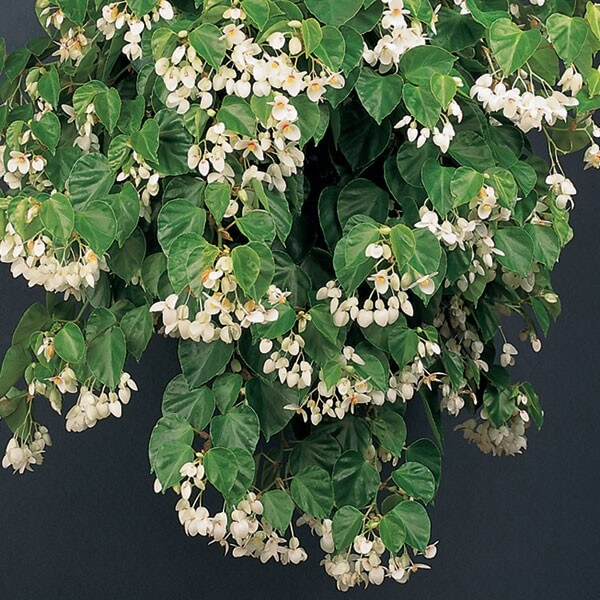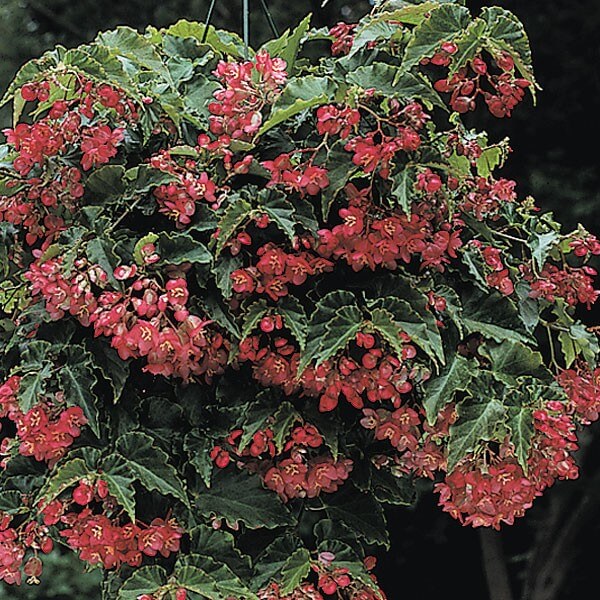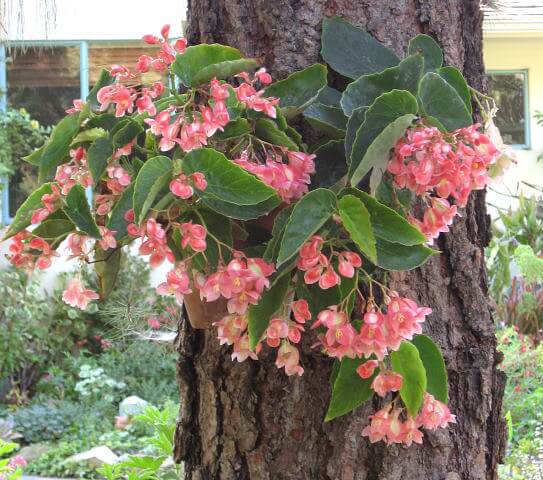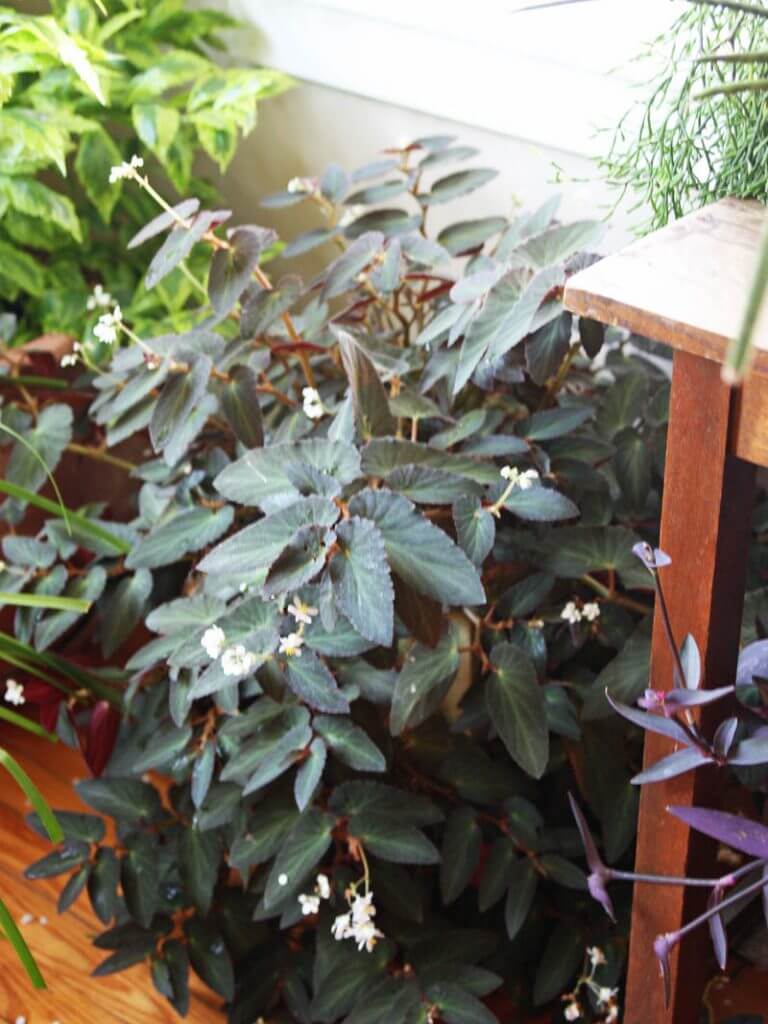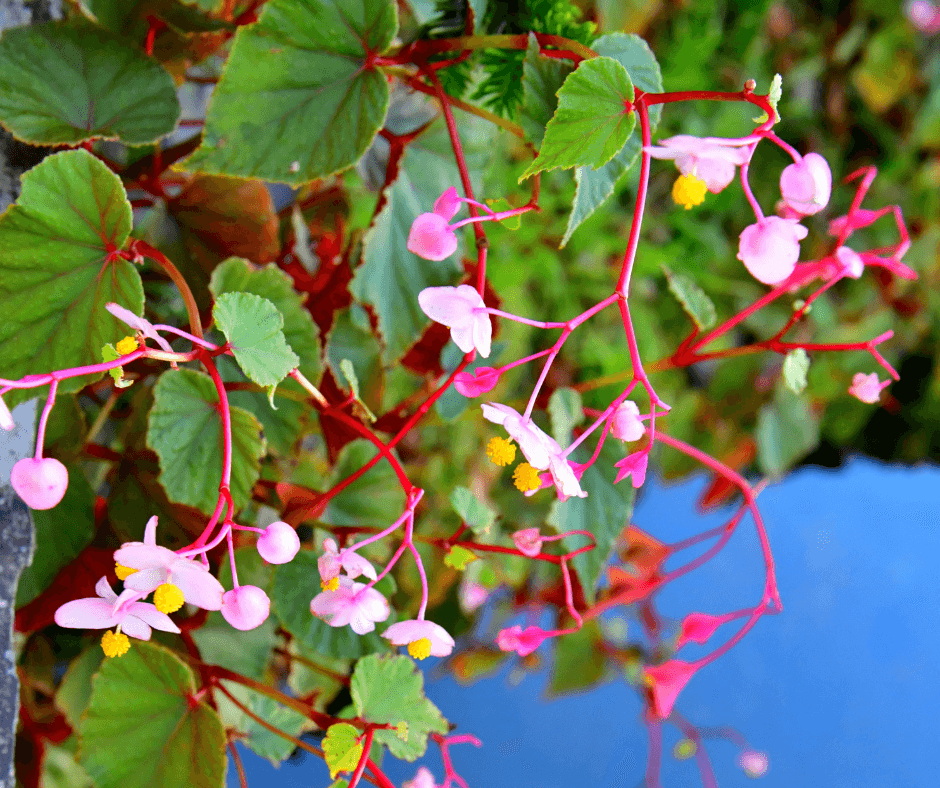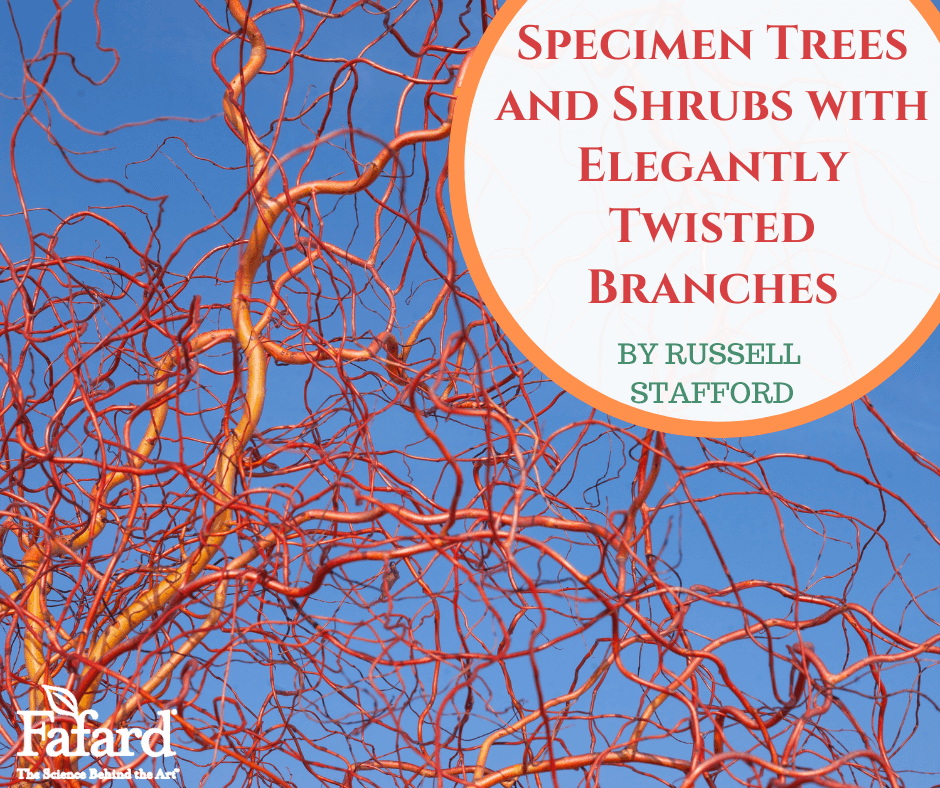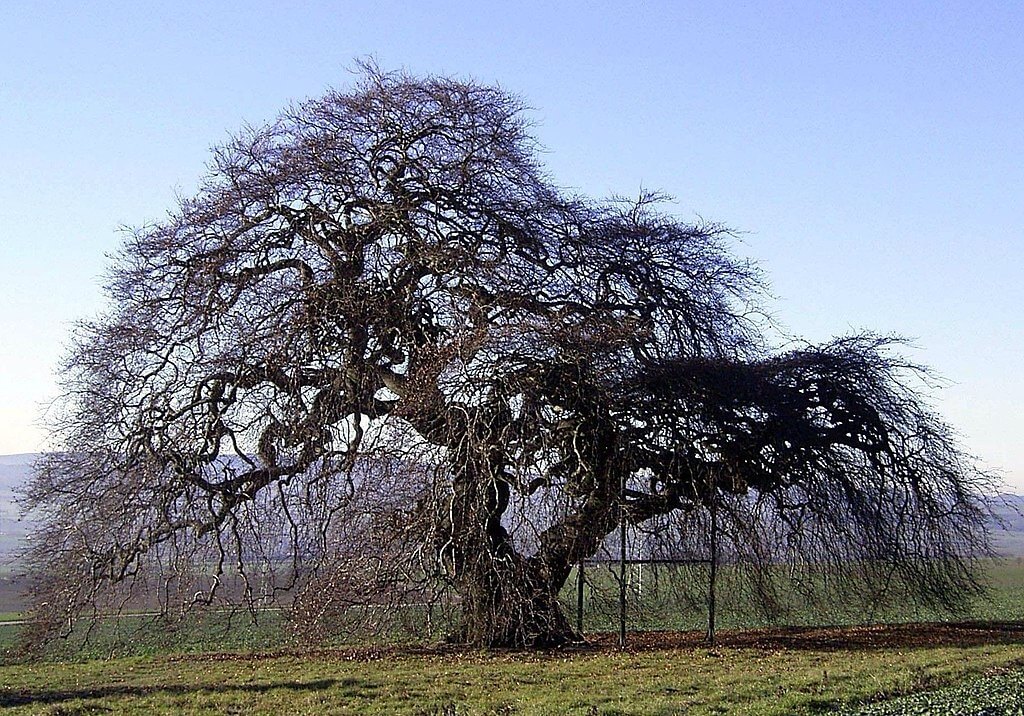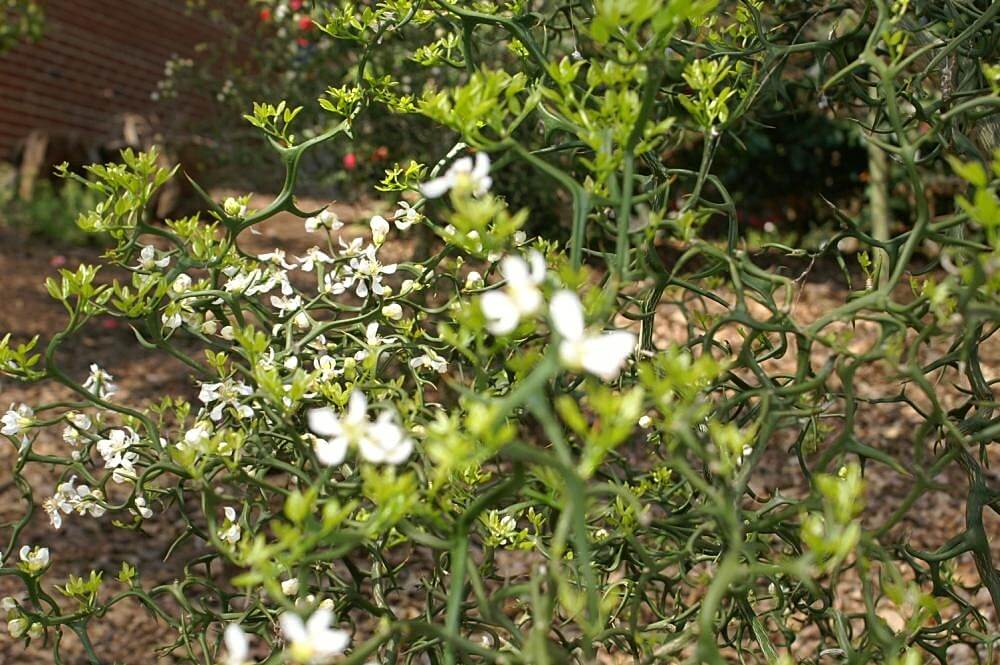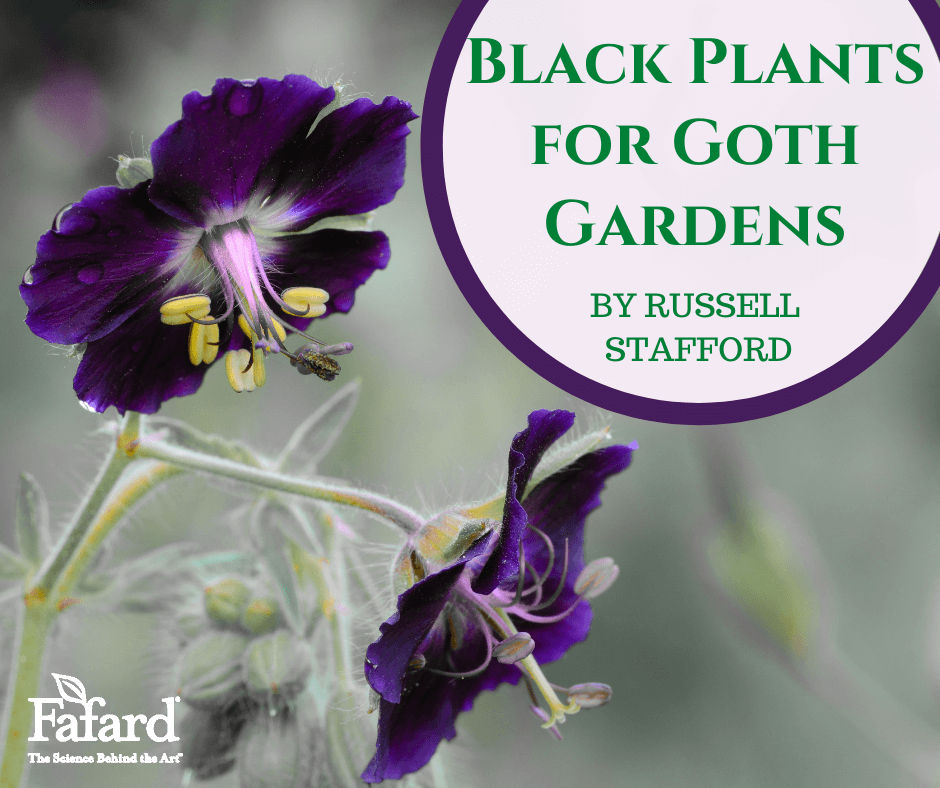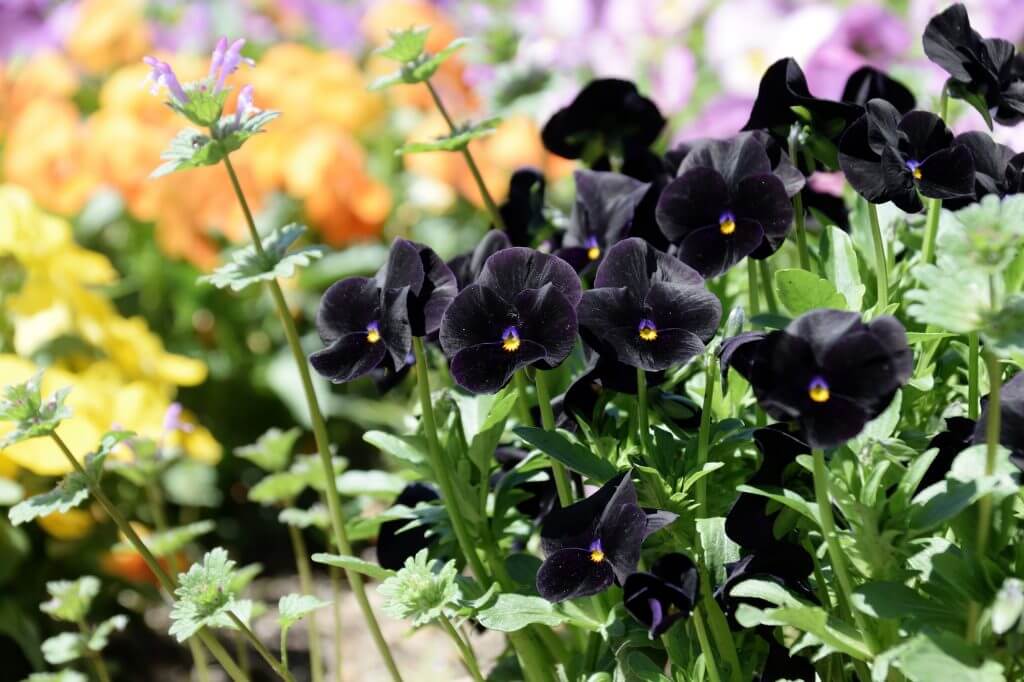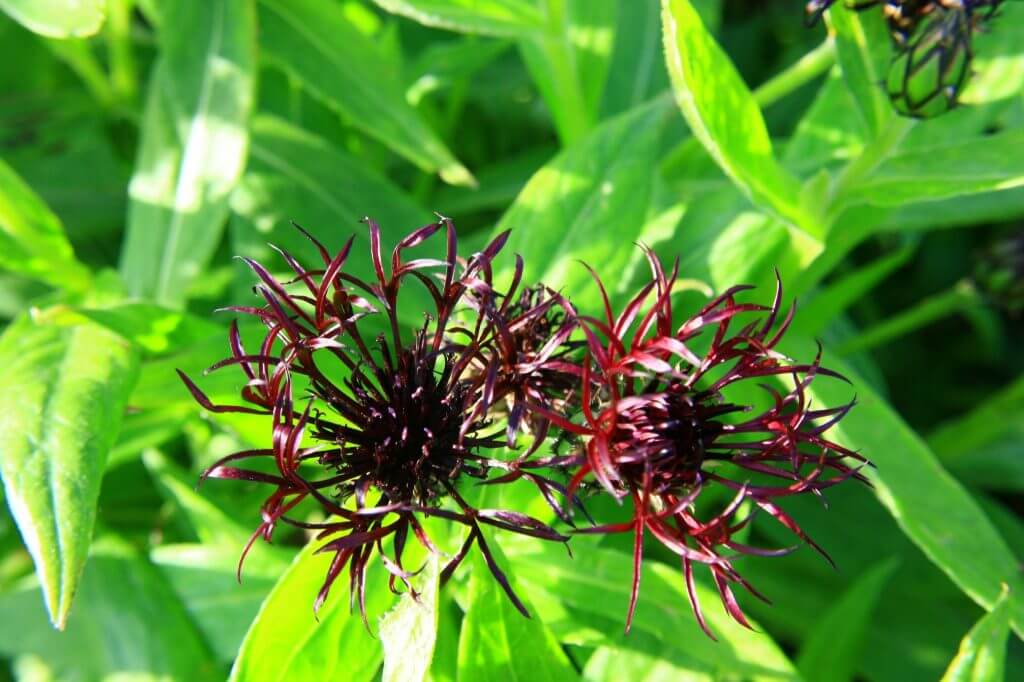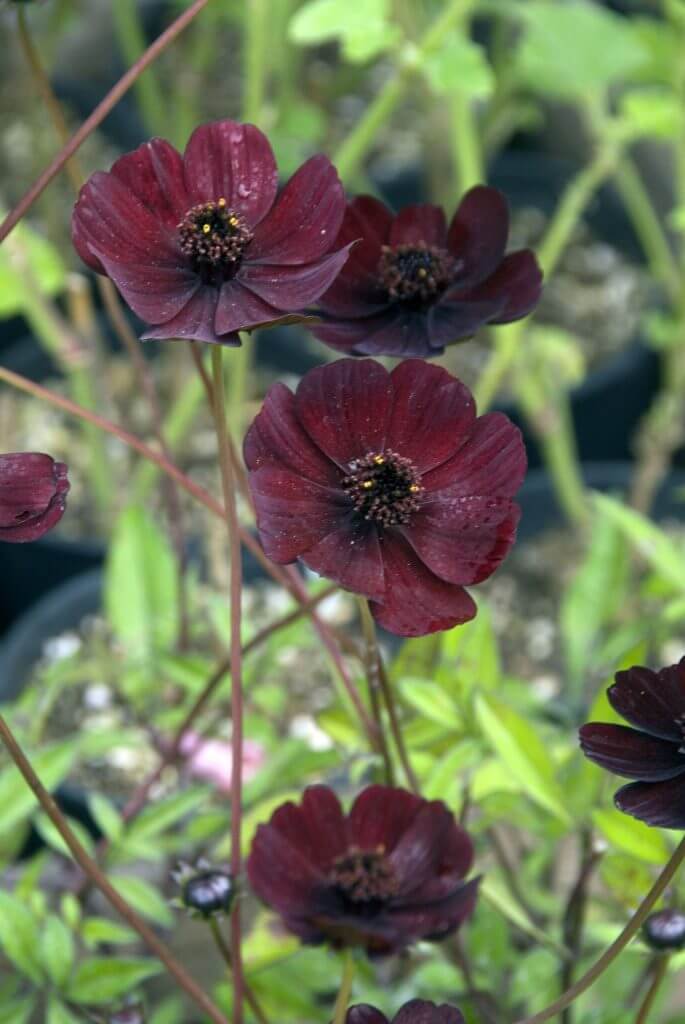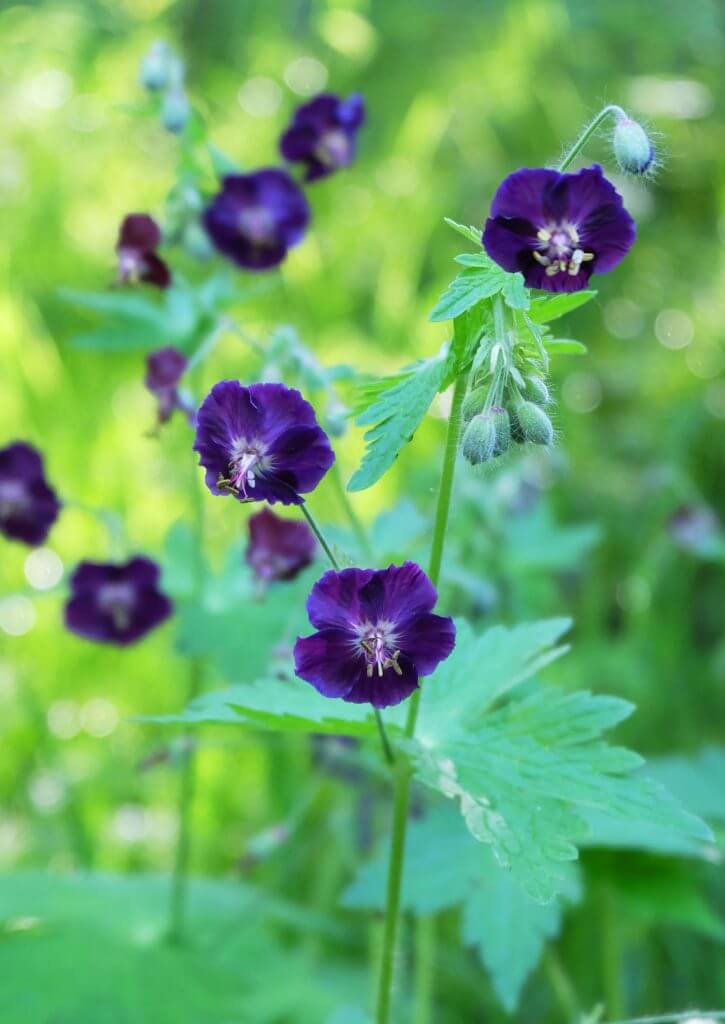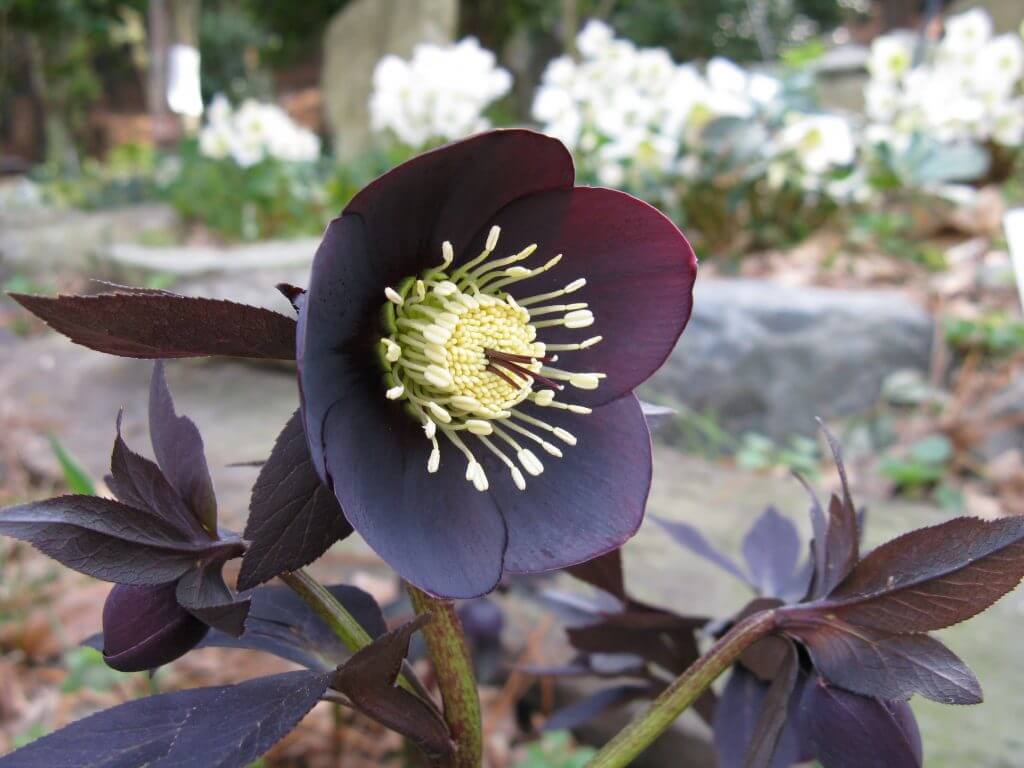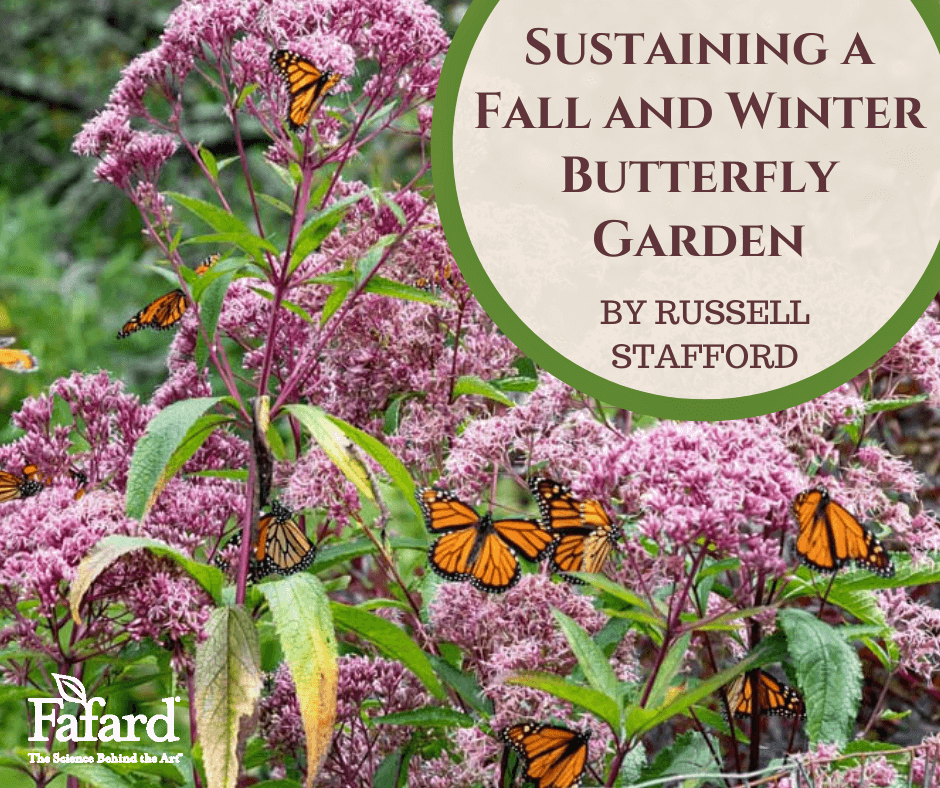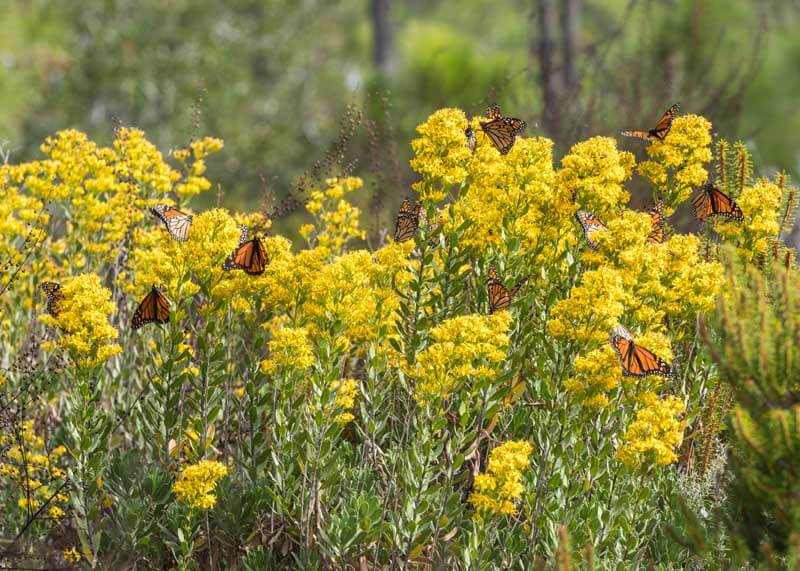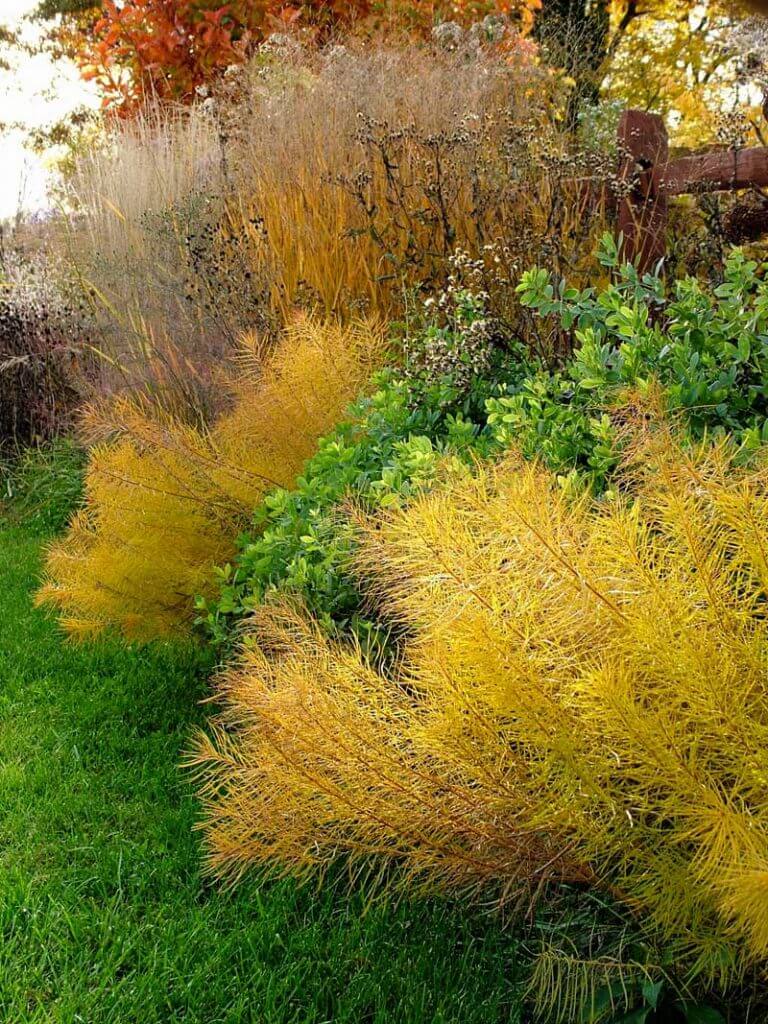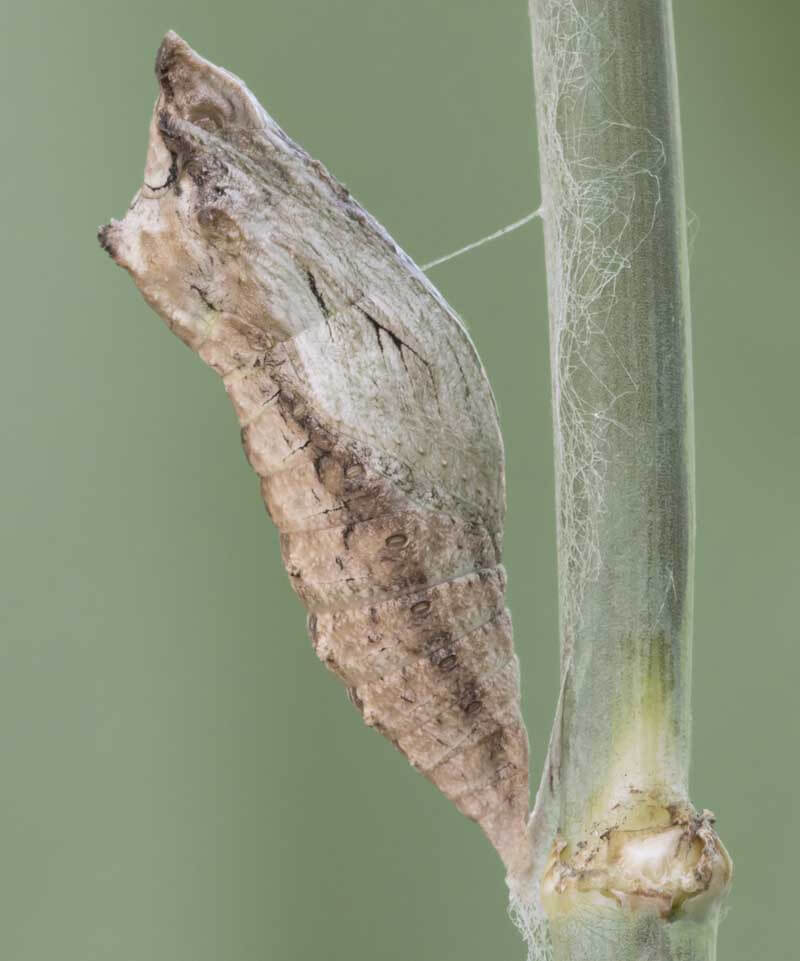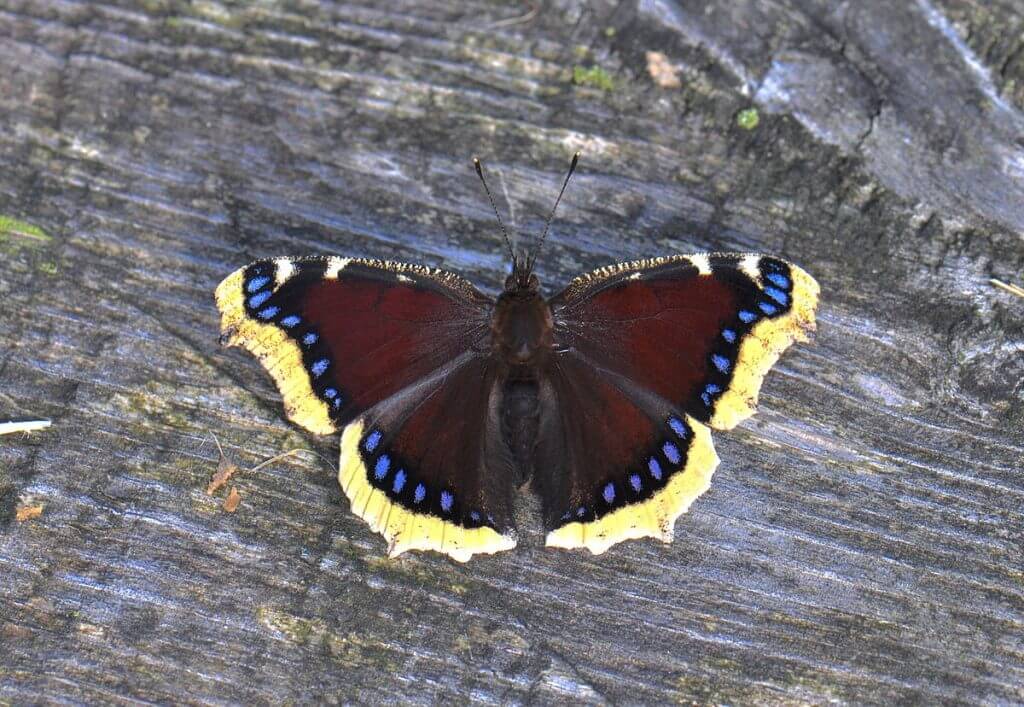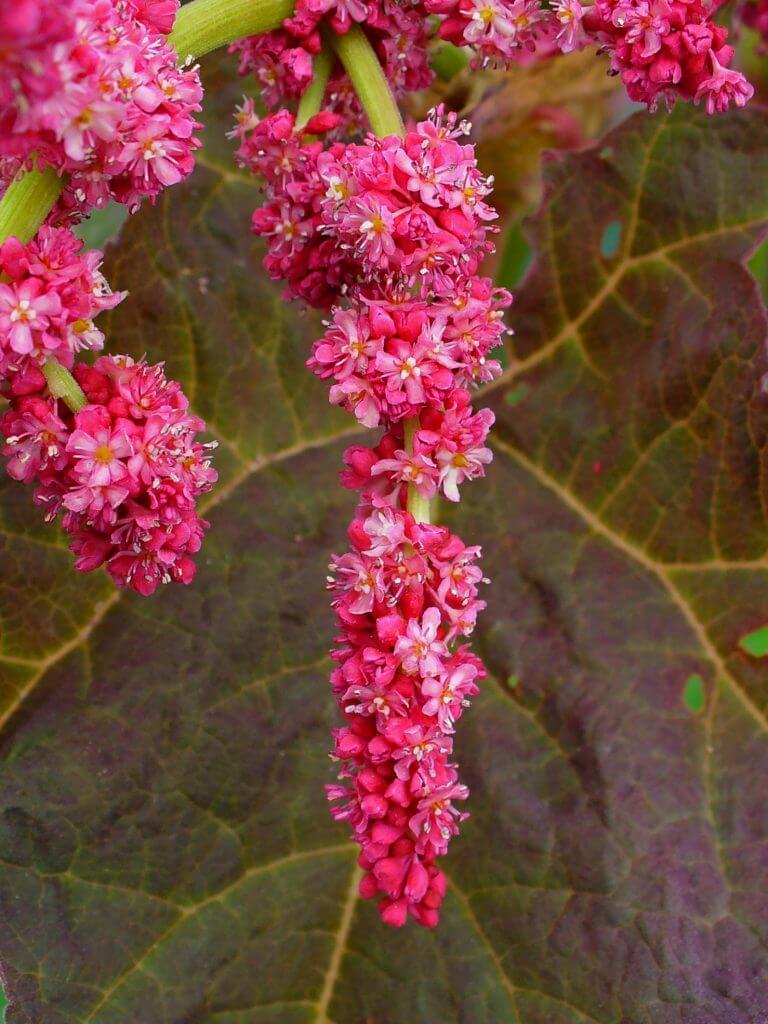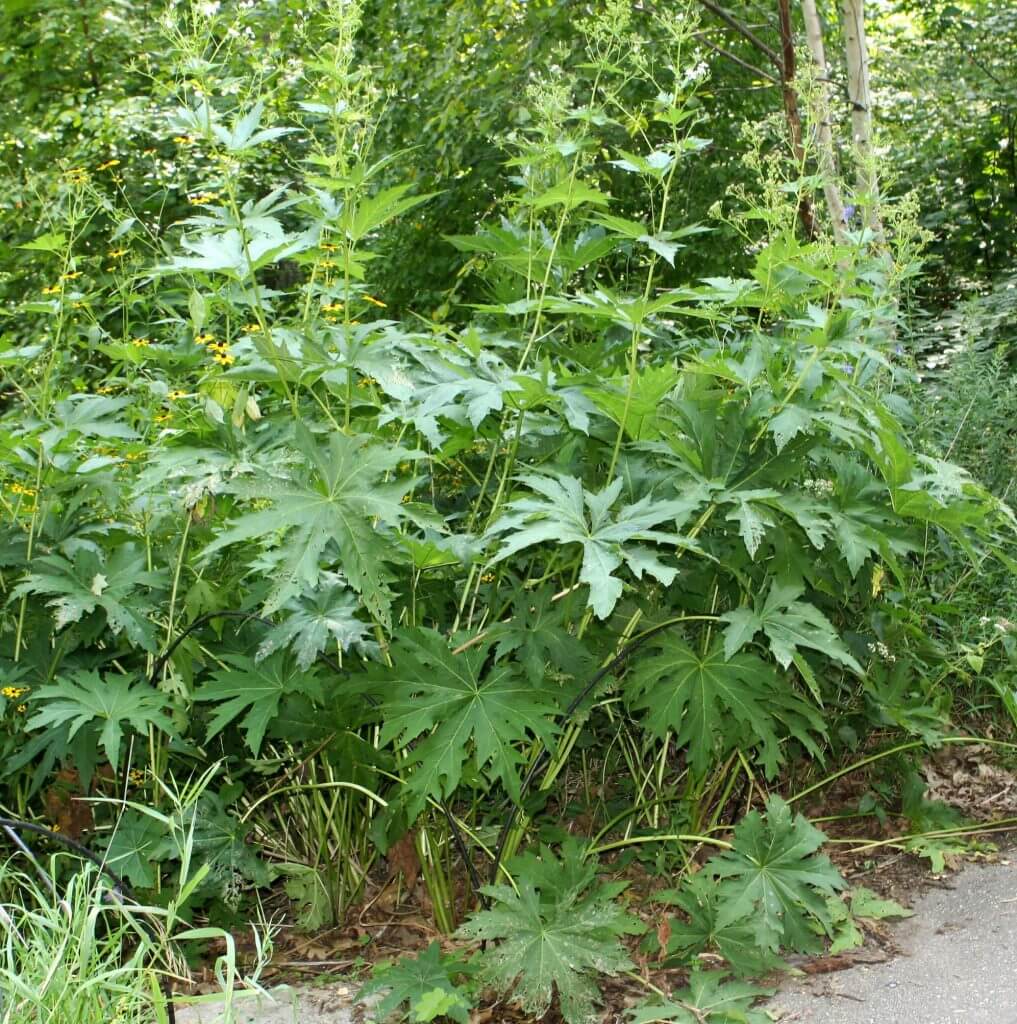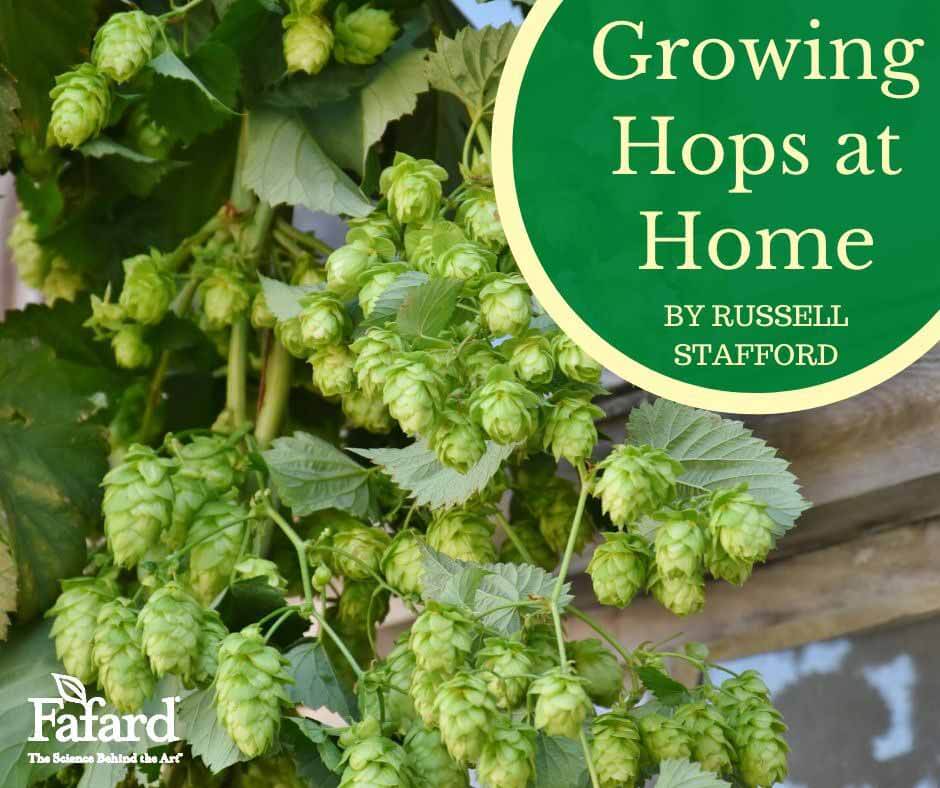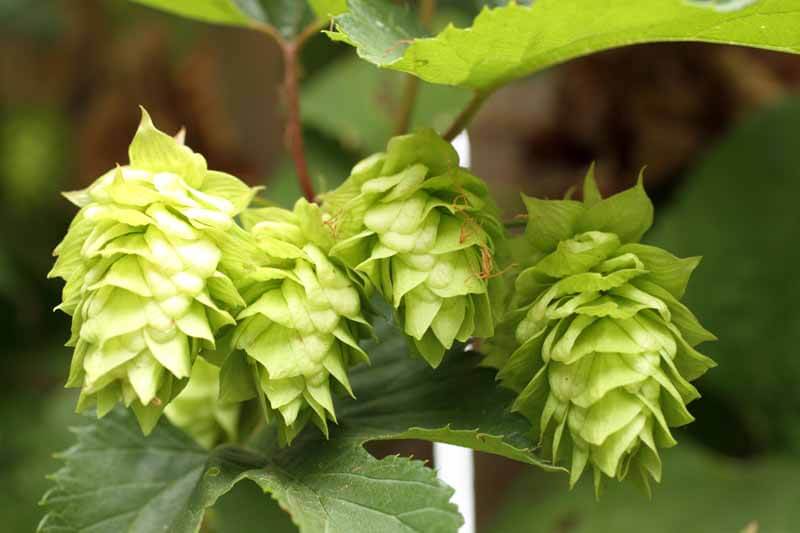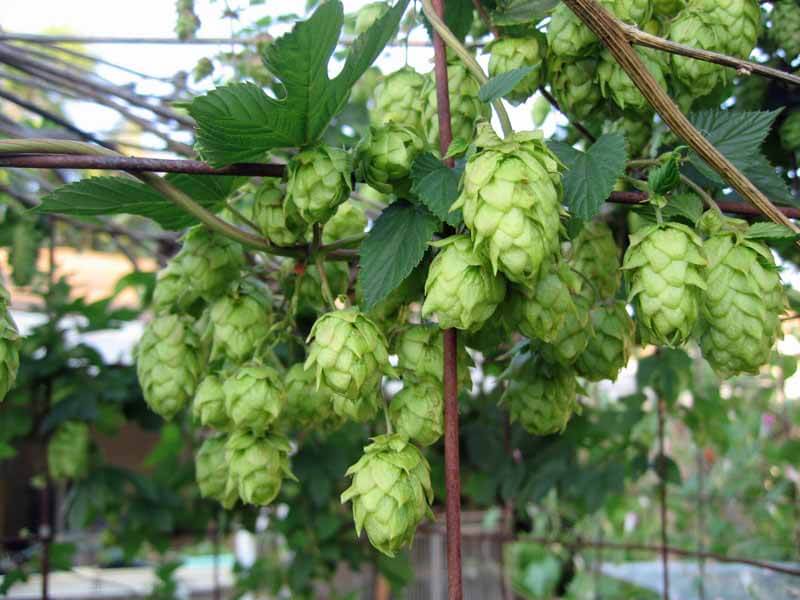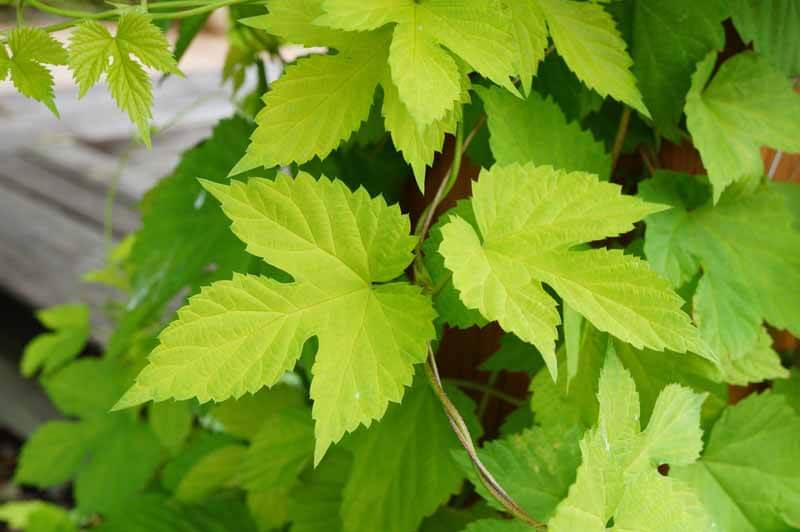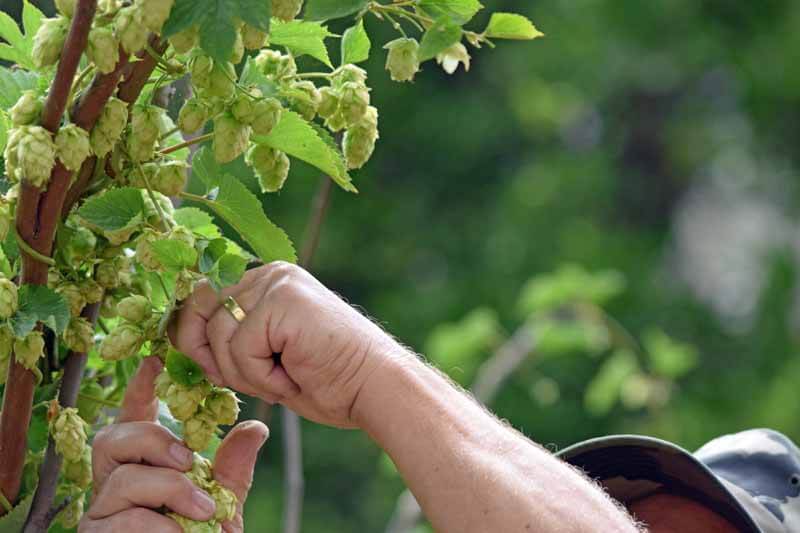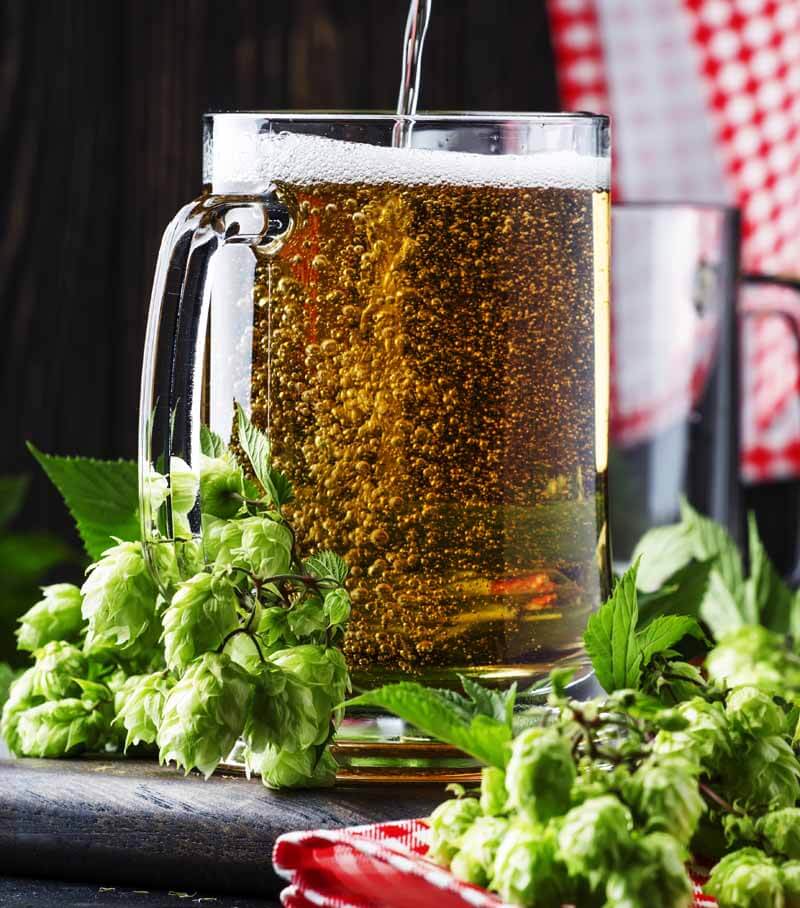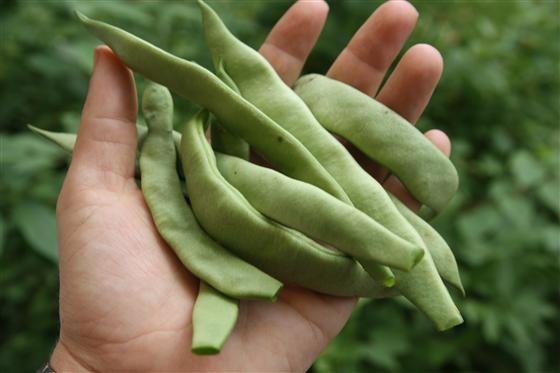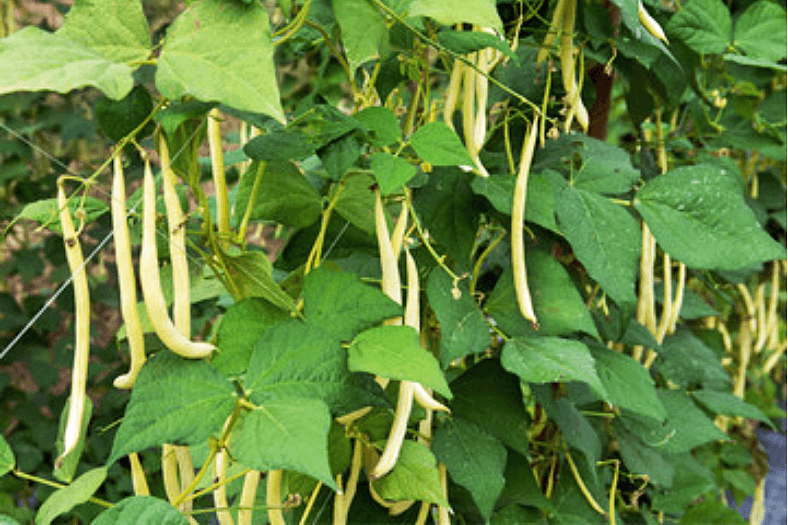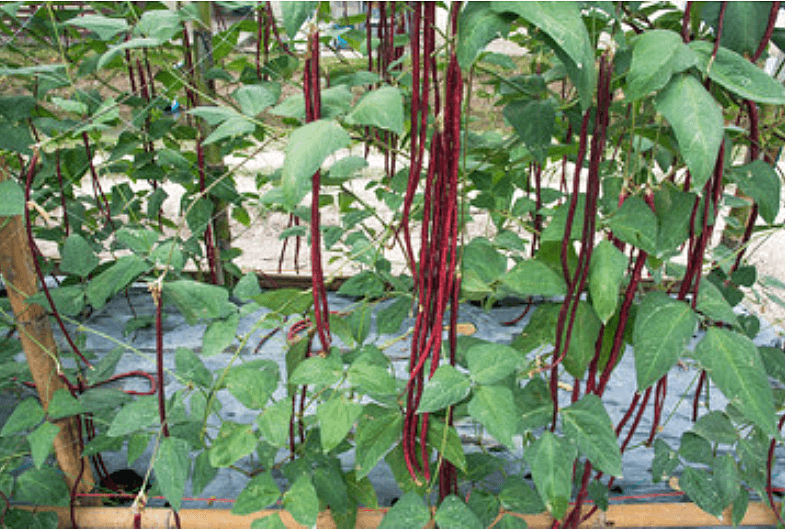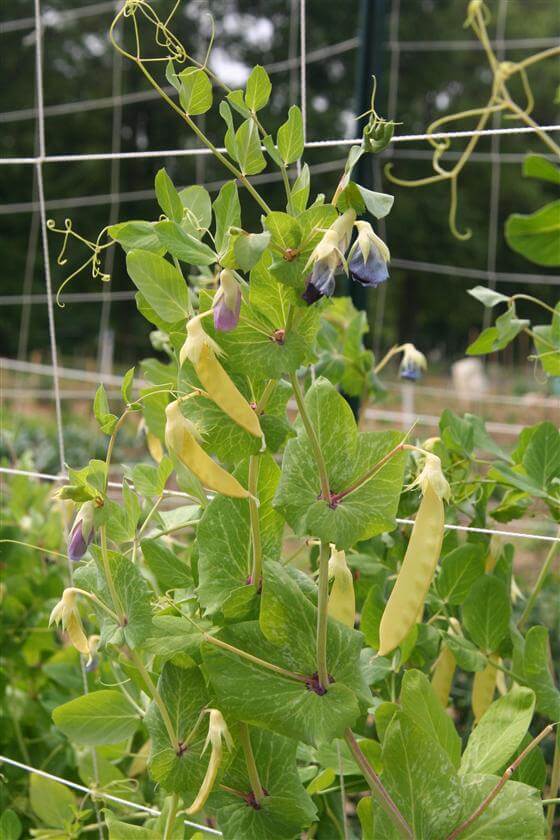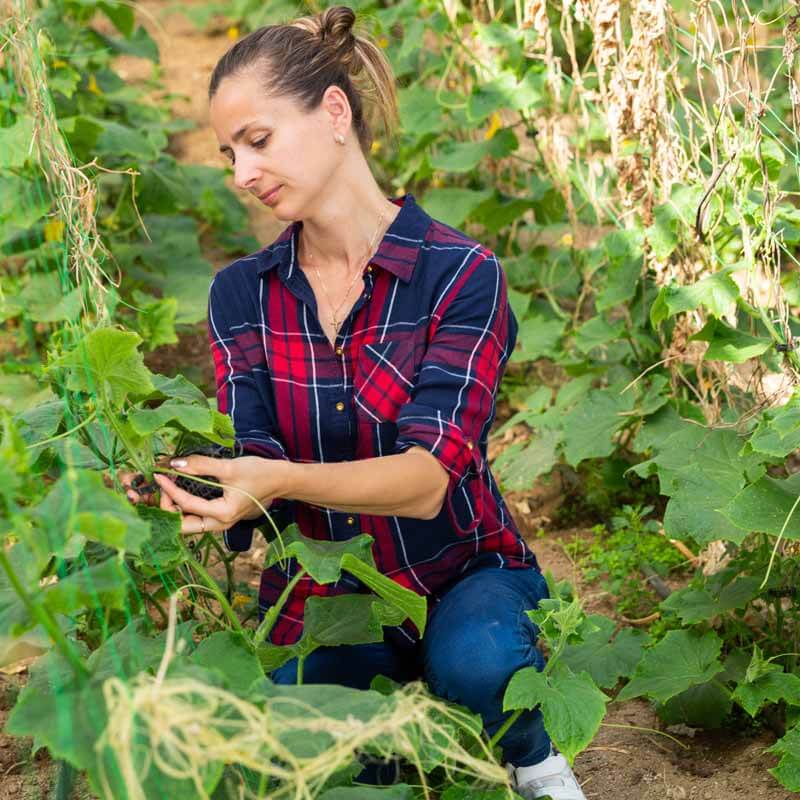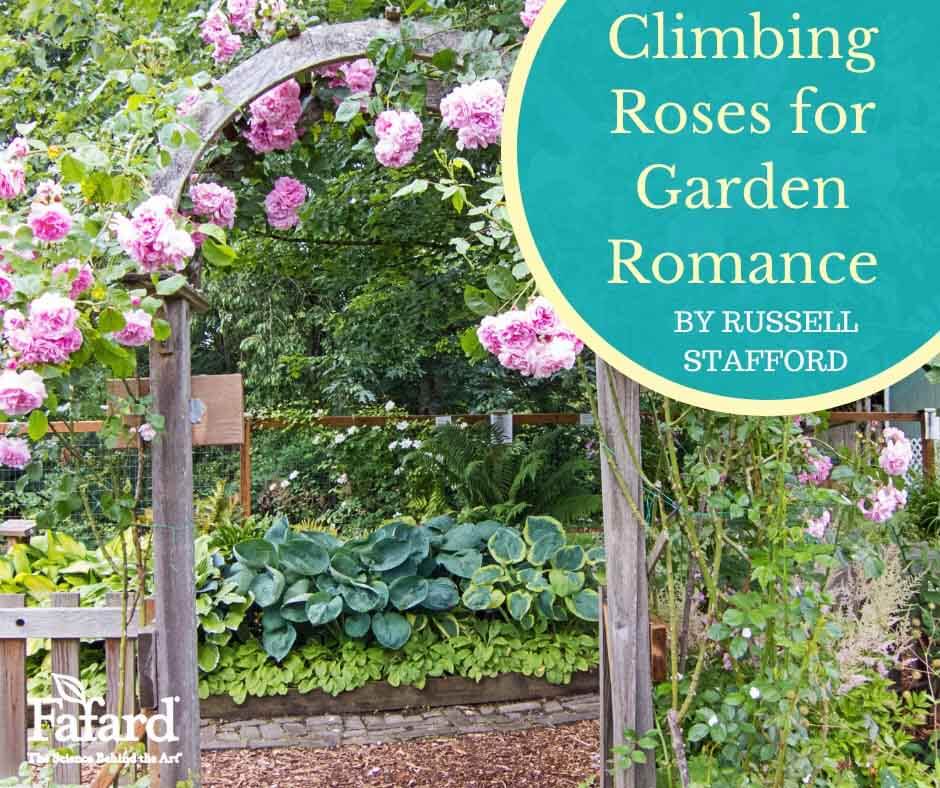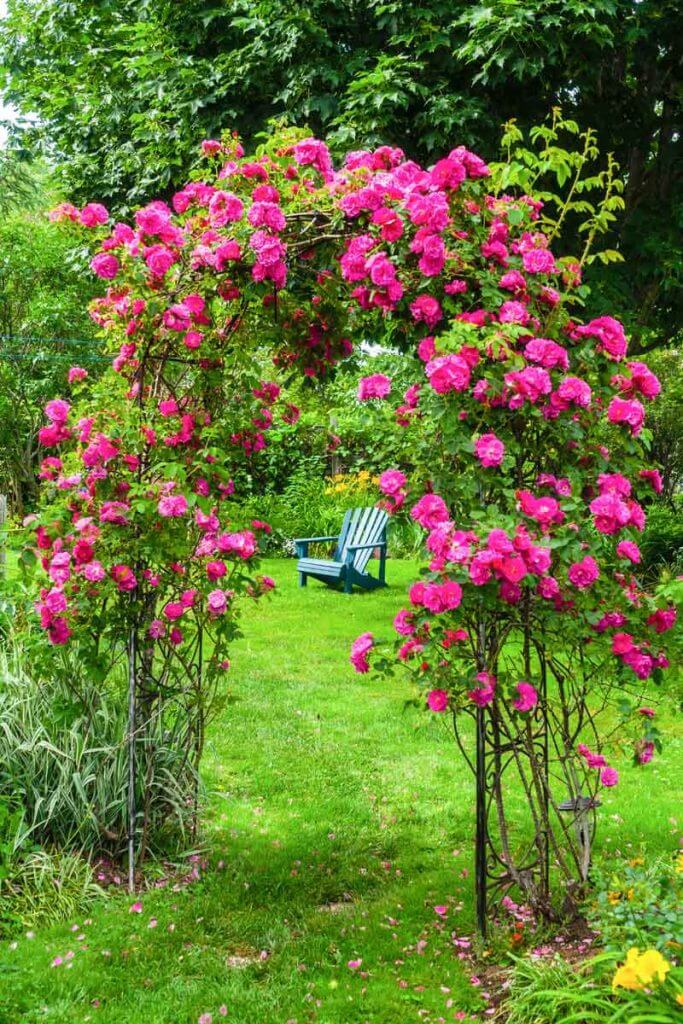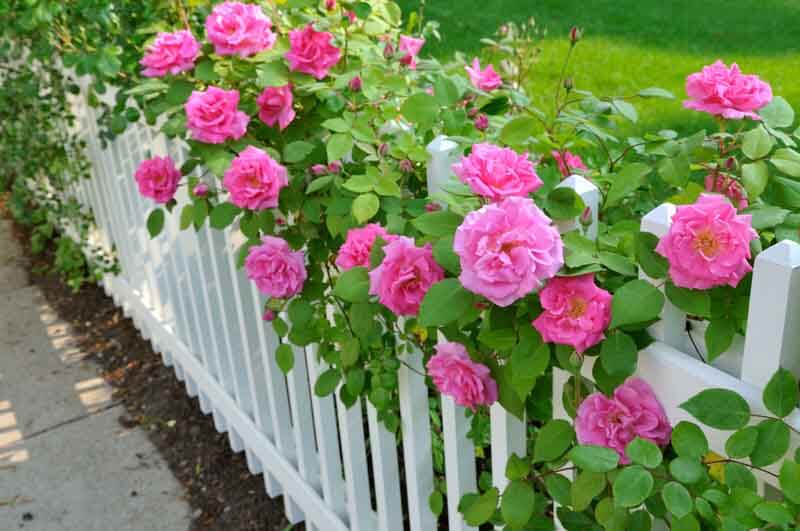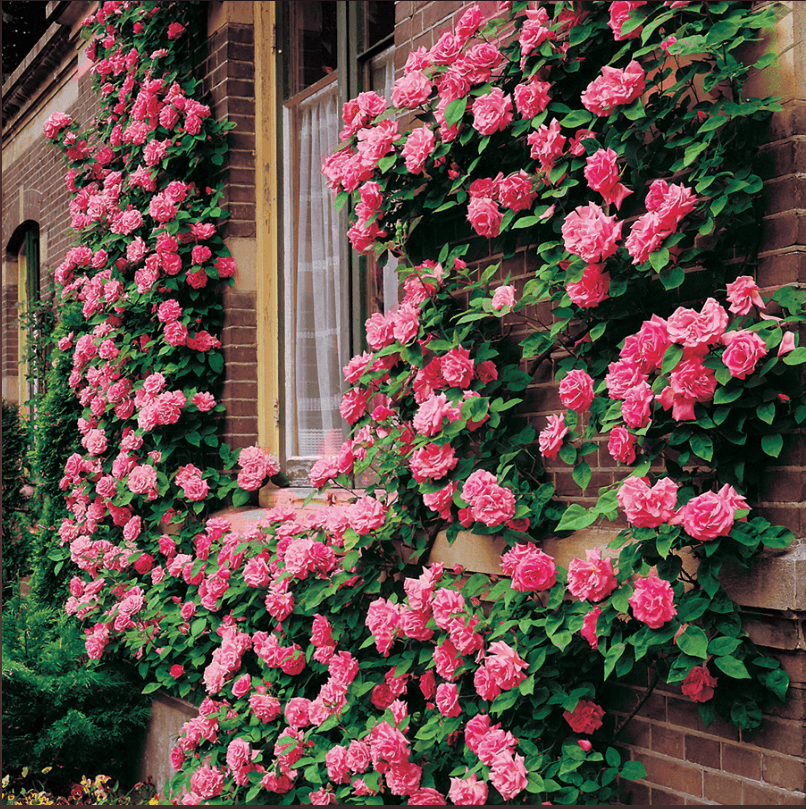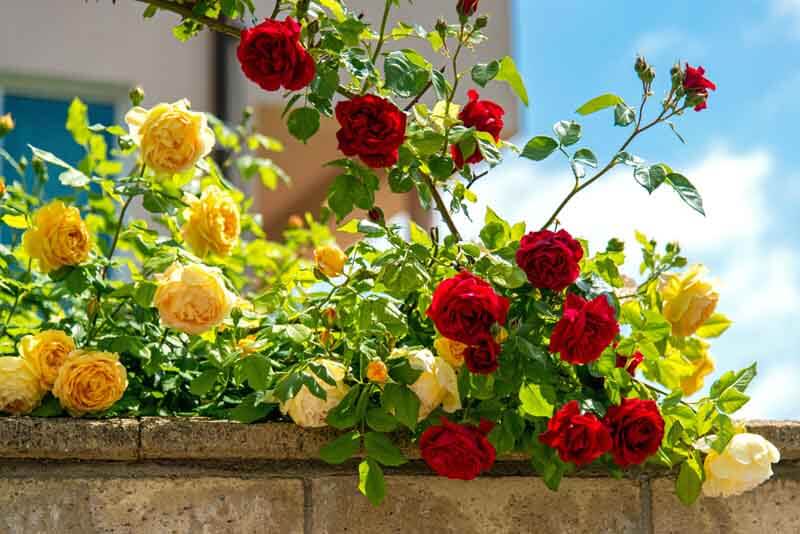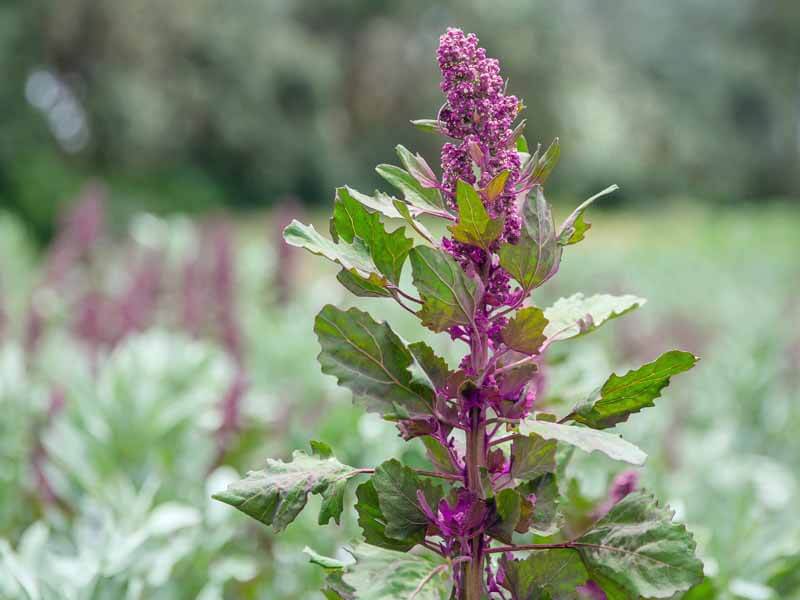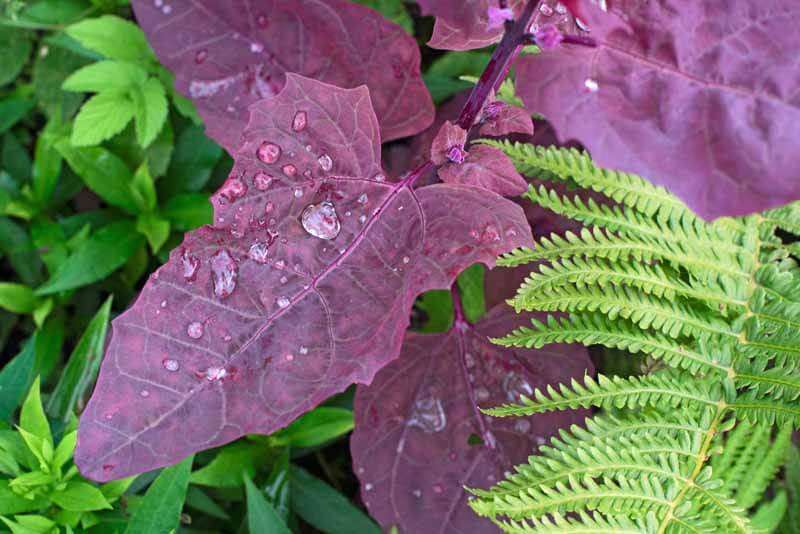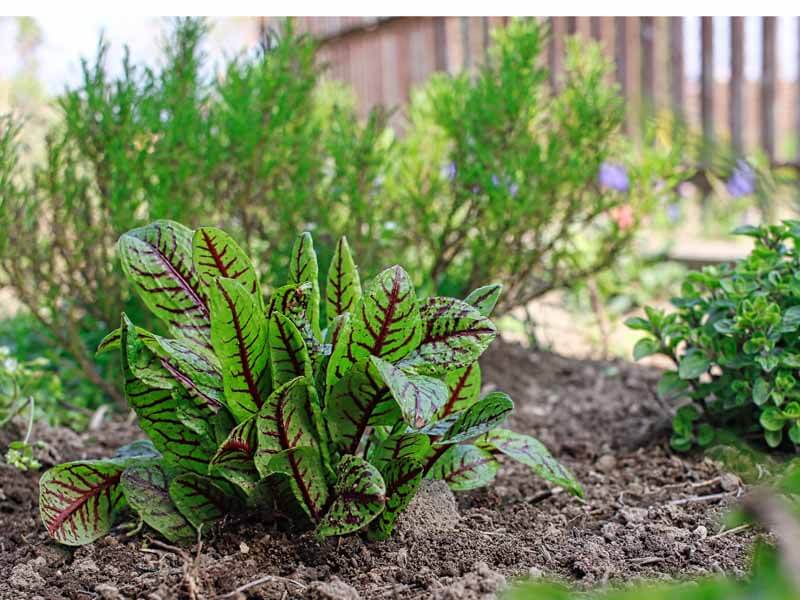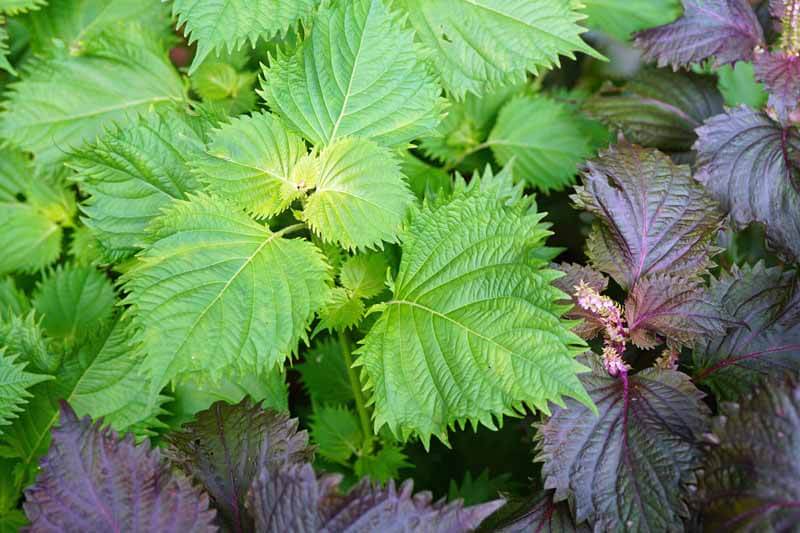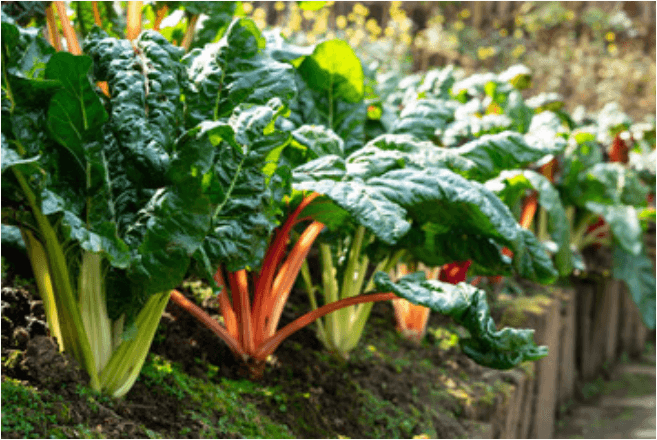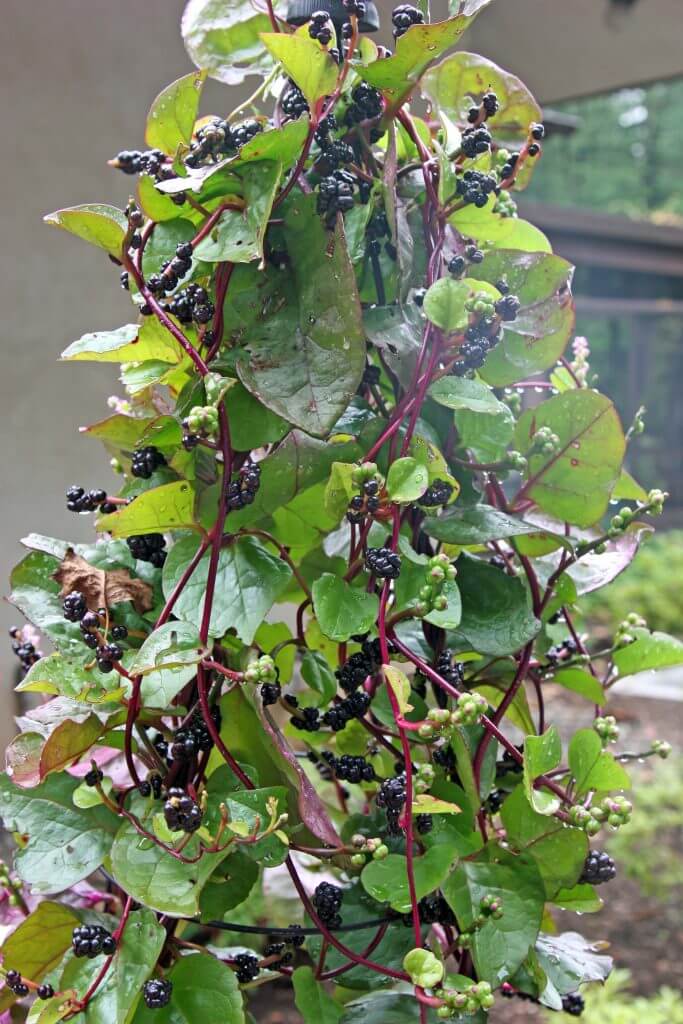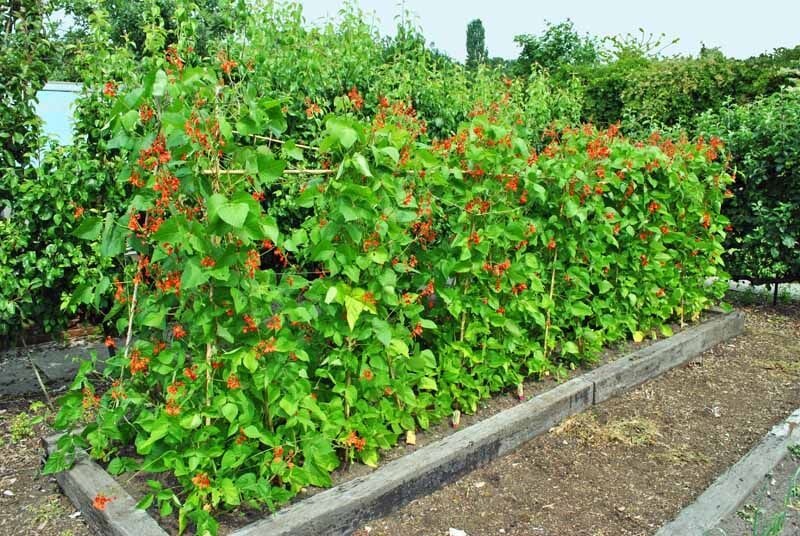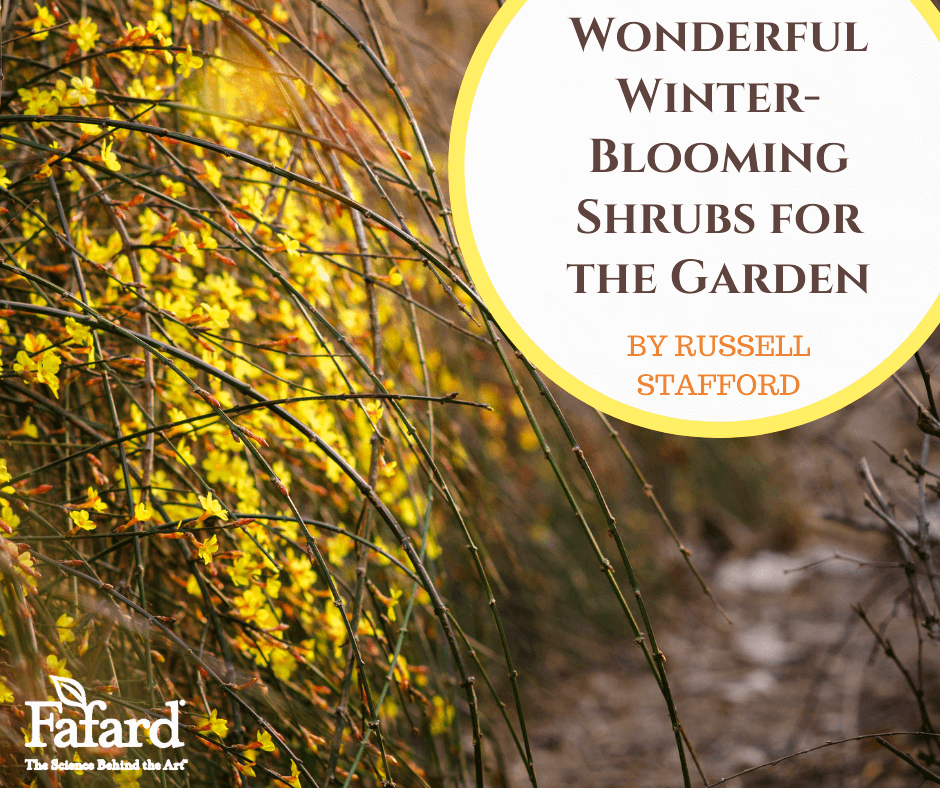
January showers bring winter flowers. No – really. Plant the right shrubs, and you can have midwinter bloom whenever the weather turns mild, provided you’re in USDA Hardiness Zone 5b or warmer. Boston, Rochester, Columbus, Detroit – wherever. And, all feed early bees and other essential pollinators.
Witch Hazels
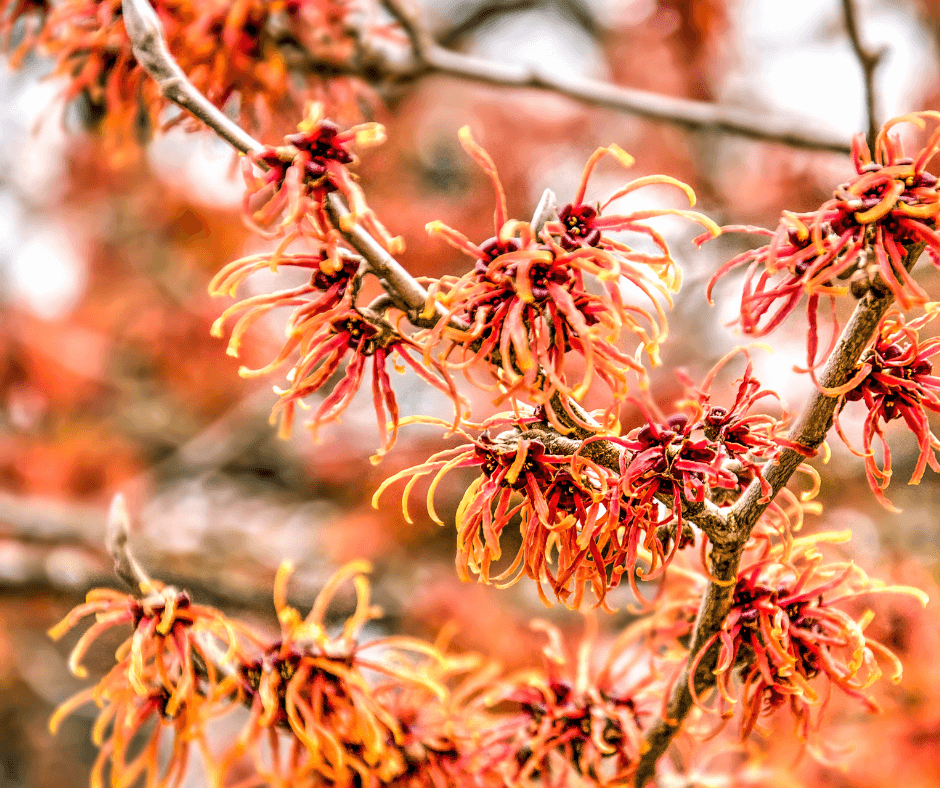
Topping the roster of hardy winter-blooming shrubs are the witch hazels (known botanically as Hamamelis). These medium to large deciduous shrubs are to winter what roses are to summer. The gossamer, spicy-scented flowers unfurl their ribbon-like petals as early as December. (The eastern North American native Virginia Witch Hazel (Hamamelis virginiana) departs from the witch hazel norm by blooming in autumn.) Witch hazels are also attractive during the growing season, bearing broadly oval, gently scalloped leaves that turn bright yellow, red, or orange before shedding in fall.
Plant witch hazels in full sun to light shade and humus-rich soil that’s not overly heavy or dry. Mulch with Fafard Premium Natural & Organic Compost to get them off to an especially good start. Their semi-translucent flowers are showiest when flooded with light, so give them a position where they can be viewed against the sun.

A good place to start your winter-blooming shrub collection is with one of the many hybrids of Chinese witch hazel (Hamamelis mollis), arguably the showiest-flowered members of the witch hazel tribe. As with all Hamamelis species, the 1/2- to 1-inch-long petals of Chinese witch hazel and its hybrids are lemon yellow (with a citrusy scent to match), but sometimes stray into other colors. Among the most outstanding of this wonderful group of large shrubs are:
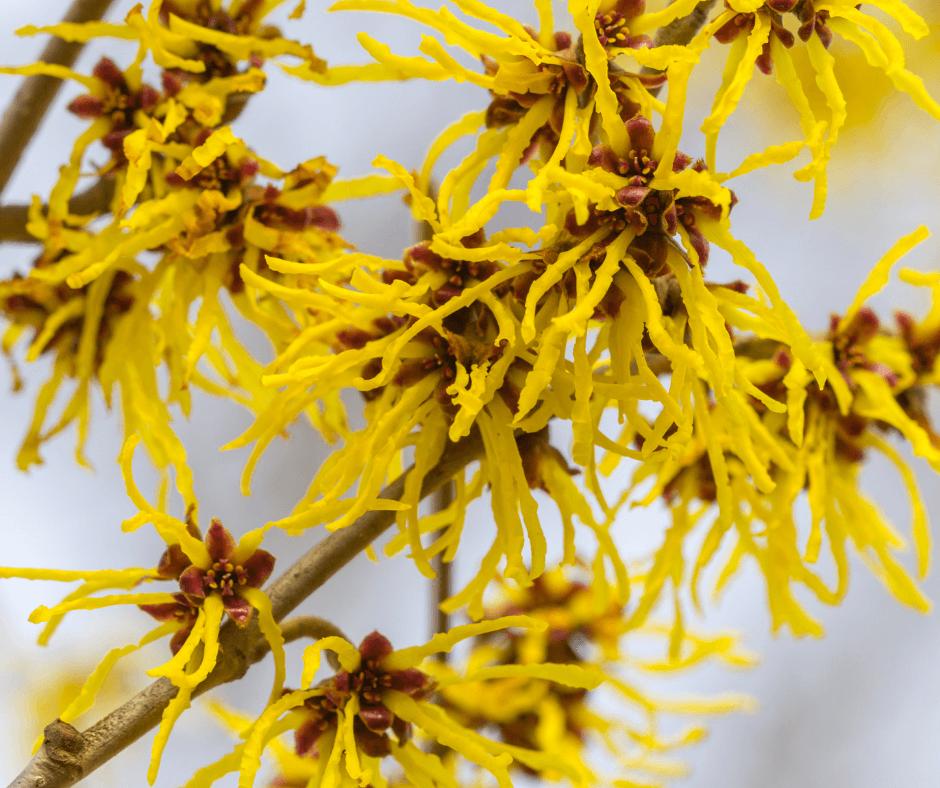
‘Arnold Promise’, which opens its large sunny-yellow flowers relatively late in the witch hazel season, from late January to late March.
‘Aurora’, whose orange-tinged, golden-yellow flowers are among the largest and most abundant of the lot. Like most cultivars, it flowers from early January to early March or so.
‘Diane’, a coppery-red-flowered selection that also features outstanding bright orange to red fall foliage.
‘Primavera’, noted for its pale moonlight-yellow flowers and its exceptional fragrance.
‘Strawberries and Cream’, named for the delicious intermingling hues of its pink, yellow, and maroon flowers.
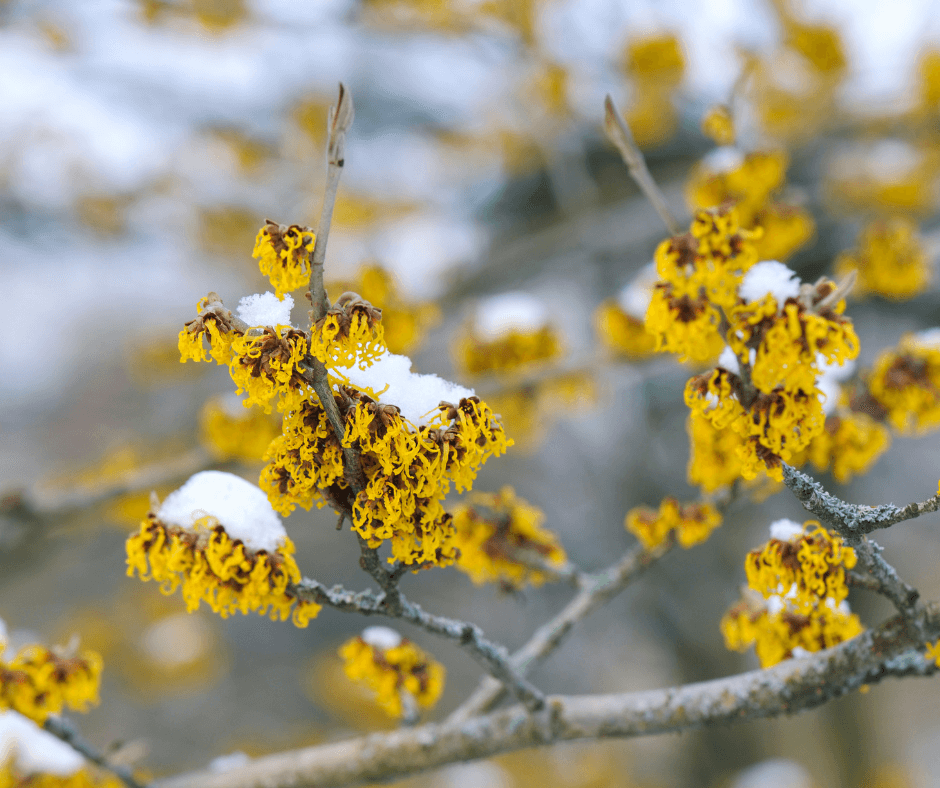
In USDA zones 4 and 5a, where Chinese witch hazel and its hybrids are marginally hardy, consider instead the U.S. native Hamamelis vernalis, commonly known as vernal witch hazel. Somewhat smaller and denser in habit than Hamamelis mollis, this 6- to 9-foot-tall shrub typically bears orange-yellow blooms with stubby ¼- to ½-inch-long petals. The cultivar ‘Amethyst’, in contrast, offers flowers of a striking mauvy maroon that’s unlike anything else in the witch hazel tribe. Another marked departure from witch hazel norms is ‘Quasimodo’, a semi-dwarf selection that tops out at 4 to 6 feet tall. Some forms of vernal witch hazel also bloom exceptionally early, including ‘Beholden’, whose pale orange flowers debut as early as November.
As companions to your witch hazel collection, consider the following winter-blooming shrubs.
Winter Heath
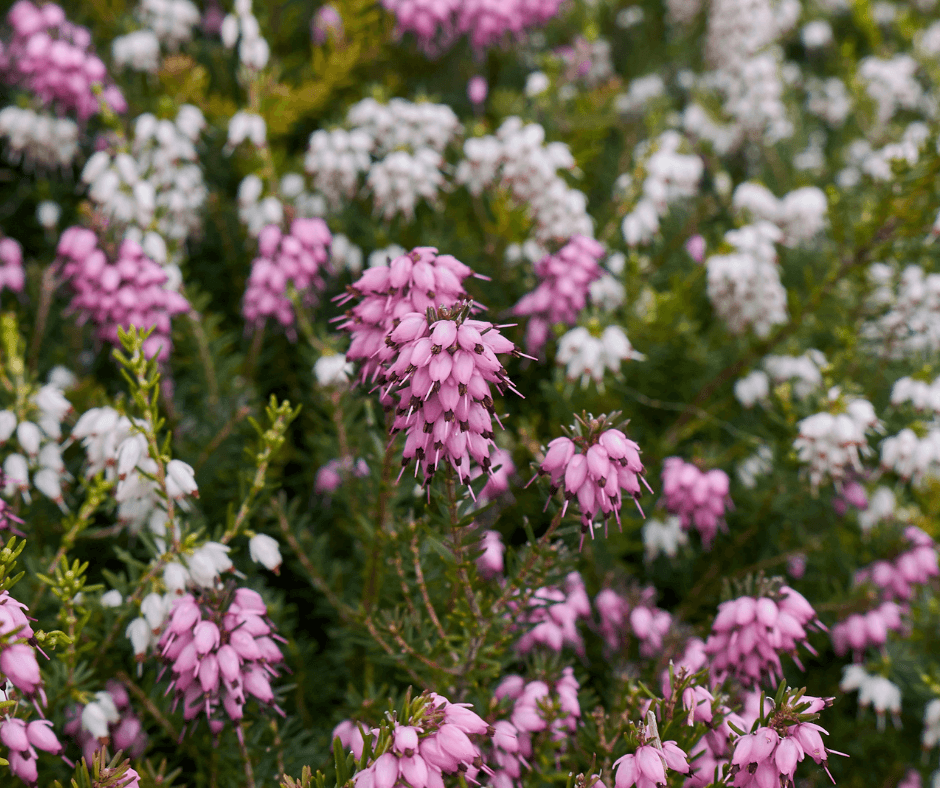
Winter heath (Erica carnea) is a low, hummock-forming, 8-inch-tall evergreen shrub with small needle-like leaves, this European native covers itself with small flask-shaped flowers from midwinter to early spring. Cultivars include ‘Springwood Pink’, with lilac-pink blooms on vigorous spreading plants; ‘Springwood White’; and the relatively petite, rose-pink-flowered ‘Vivelli’.
Japanese Camellia
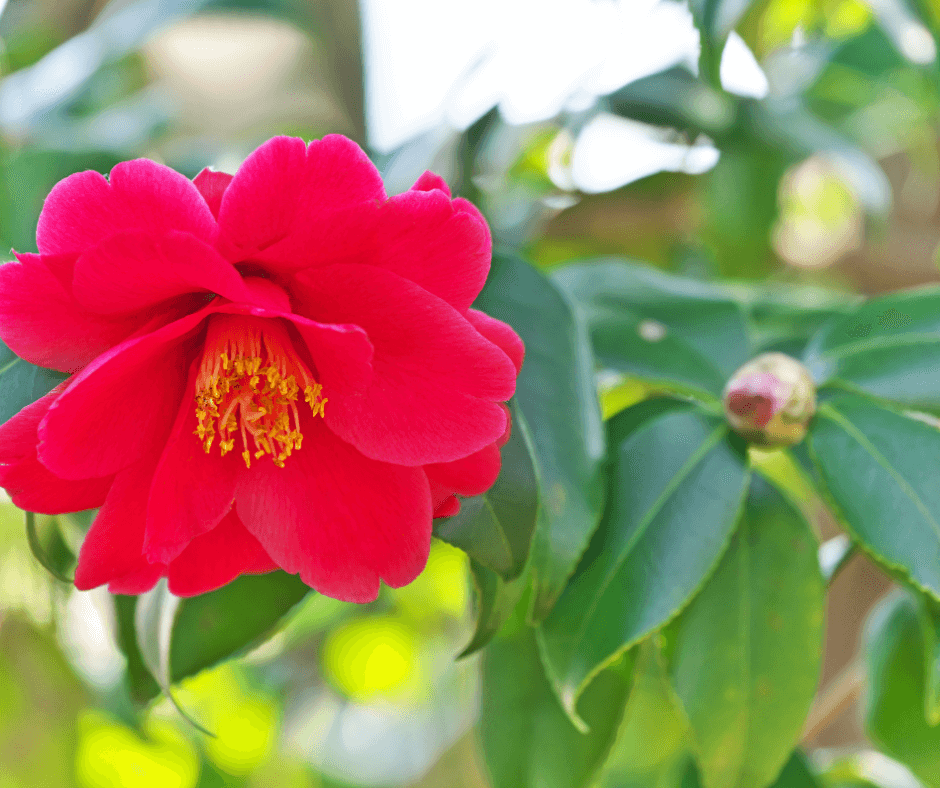
Japanese camellia (Camellia japonica) is another reliable winter bloomer. “Hardy camellia” may sound oxymoronic, but in fact some members of the tribe can withstand remarkably low temperatures. Japanese camellia is undoubtedly the hardiest of the genus, with plants of Korean origin flourishing in Zone 6 or even Zone 5. Camellia japonica ‘Bloomfield’ features brilliant red flowers, lush evergreen foliage, a large, dense, rounded habit, and rock-solid Zone 6 hardiness. The single, 3-inch-wide blooms occur in flushes during mild spells in late winter and early spring. The original plant – grown from Korean seed at Morris Arboretum in Philadelphia – is more than 12 feet tall and 6 feet wide. Even hardier is ‘Korean Fire’, which produces smoldering-red, six-petaled, 2-inch-wide flowers. It’s well worth trying in favorable partially shaded microclimates into USDA Zone 5a. Plants grow to 10 feet tall and 6 feet wide.
Black Pussywillow
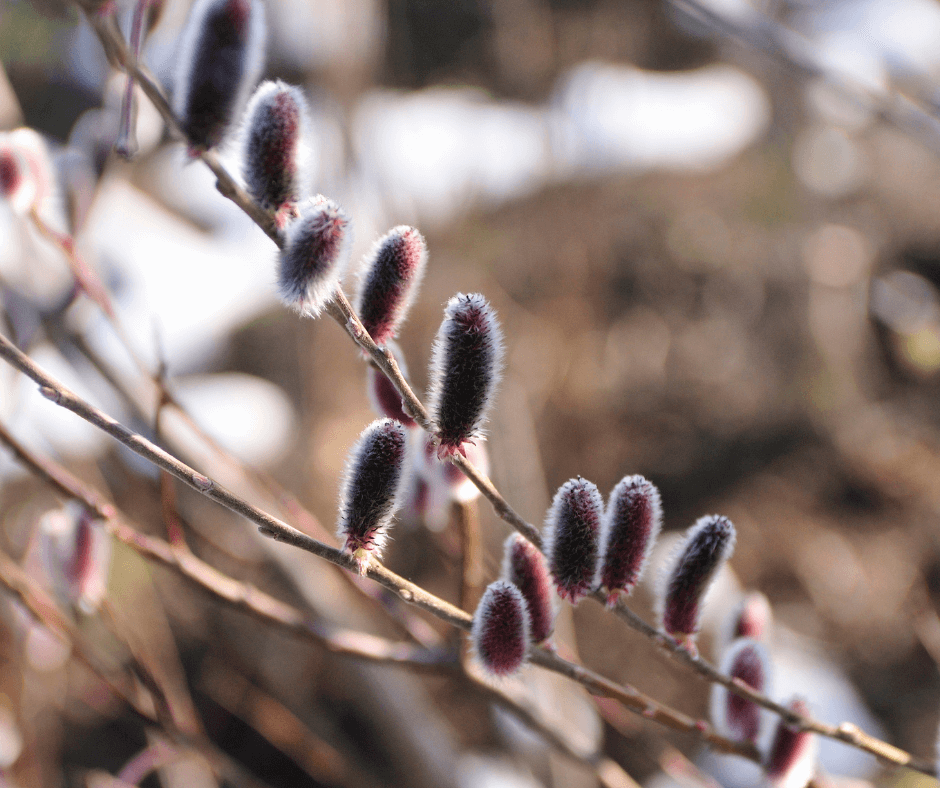
Black pussywillow (Salix gracilistyla ‘Melanostachys’) has large, mitten-like, black-purple catkins line the maroon-tinged stems of this wonderful pussywillow in late winter and early spring. It’s hardy to Zone 4. Equally arresting (and hardy) is ‘Winter Glory’ (aka Salix chaenomeloides), with even larger catkins of the typical silver-gray color. Both these shrubs grow to 10 feet tall or so, and benefit from a hard early-spring pruning every couple of years. Give them full sun and moist humus-rich soil.
Winter Honeysuckle

Winter honeysuckle (Lonicera fragrantissima). A welcome sight and scent in the late winter garden, this East Asian native perfumes the air with small white blooms that open on mild days from midwinter to early spring. A deciduous, 6-foot shrub in the colder sectors of its zone 5 to 9 hardiness range, it behaves – or rather misbehaves – as a moderately to highly invasive 8- to 12-foot evergreen in the Mid-Atlantic and Southeast. It’s thus best reserved for northern U.S. gardens. Its hybrid Lonicera × purpusii (including the cultivar ‘Winter Beauty’) does much the same thing. All forms of winter honeysuckle favor full to partial sun and well-drained, average to fertile soil.
Cornelian Cherry
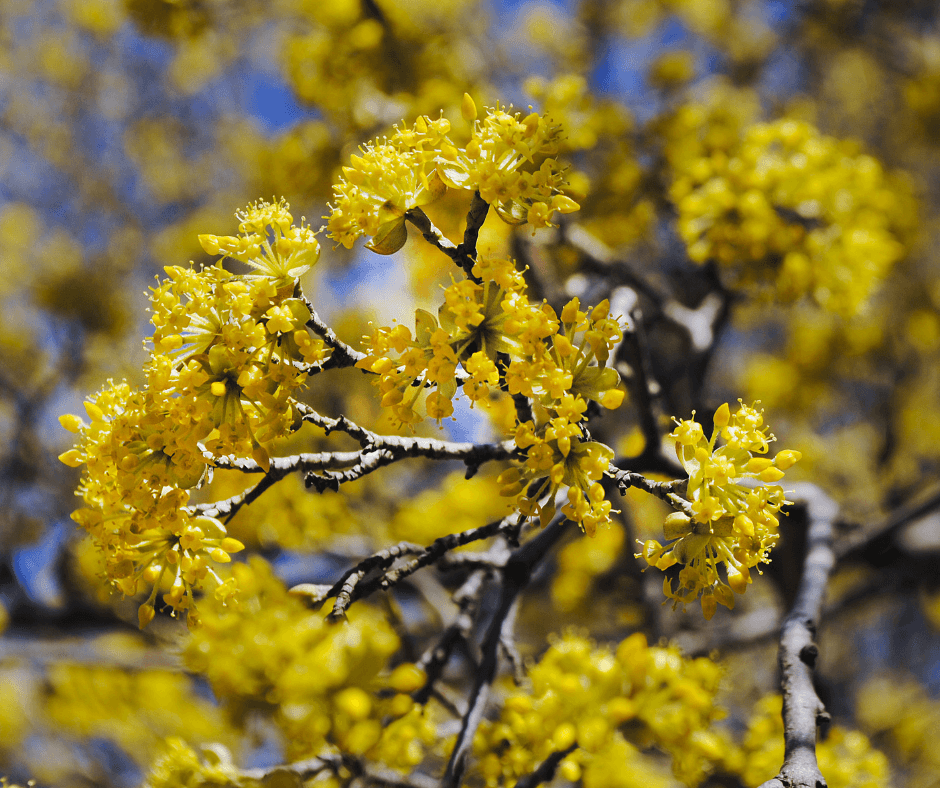
Cornelian cherry (Cornus mas) is a large shrub or small tree from southern Europe and western Asia covers itself with clusters of small acid-yellow flowers in late winter and early spring. The common name refers to the fleshy edible fruits that ripen red in summer. Don’t be deceived, though; this “cherry” is actually a member of the dogwood tribe. The East Asian native Cornus officinalis is similar, but also features handsome exfoliating bark and a slightly earlier bloom time. It’s also a bit less hardy, to Zone 5 rather than Zone 4. The award-winning ‘Kintoki‘ is known for its superior floral and fruit displays. Both species like full sun to light shade and do well in most soil types.
Winter Jasmine
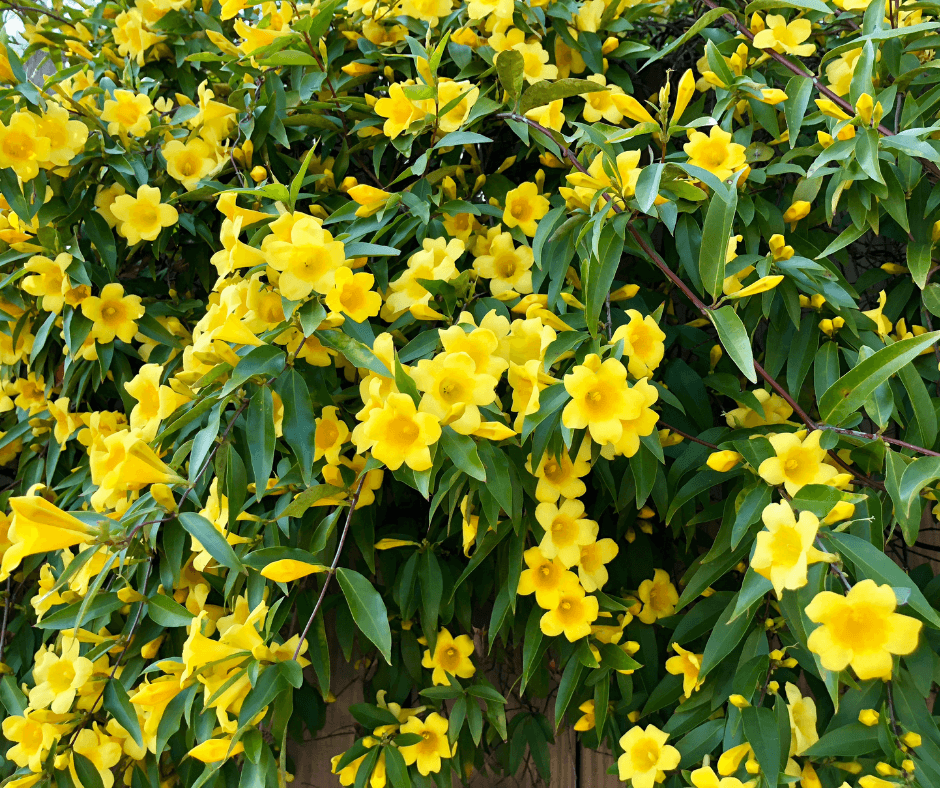
Winter jasmine (Jasminum nudiflorum). The bright yellow flowers of this scrambling East Asian native resemble those of Forsythia, but open weeks earlier. Its lax green 10- to 15-foot stems are useful for trailing down a bank or wall or for training on a trellis. Flowering may occur somewhat later in the zone 5b to 6a fringes of its hardiness range. Gardeners in Zones 6b and up can grow the somewhat similar Carolina jessamine (Gelsemium sempervirens). Its wonderfully scented winter-to-spring flowers, evergreen foliage, and native origins compensate for its relative winter-tenderness. In colder climes it works well as a greenhouse subject, which can be moved outside with warmer weather. Both winter jasmine and Carolina jessamine do well in most types of soil in full to partial sun.


